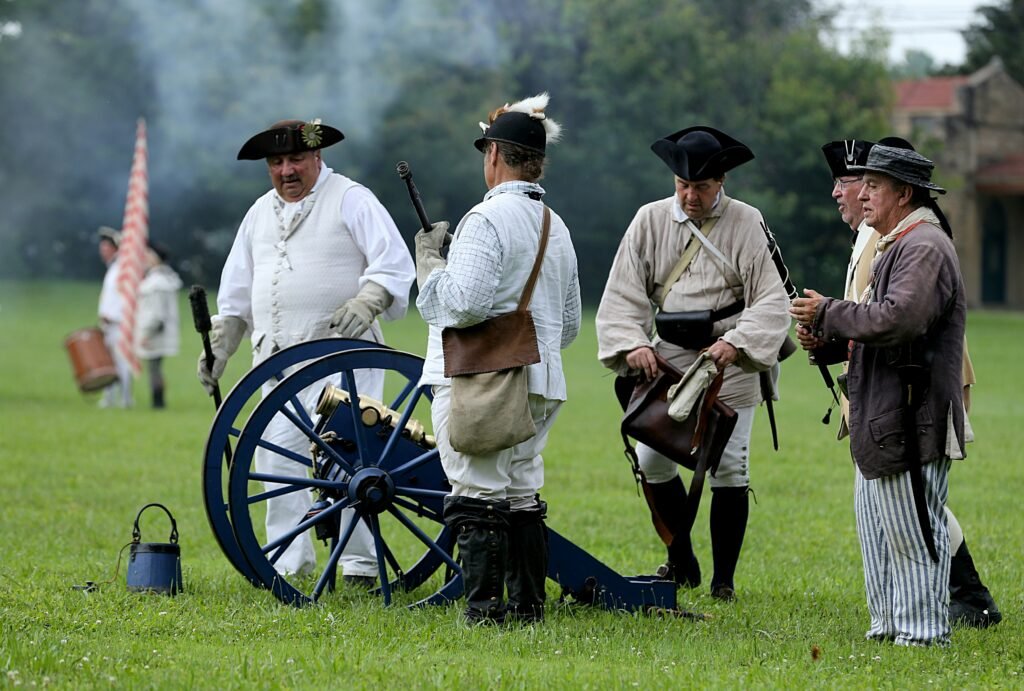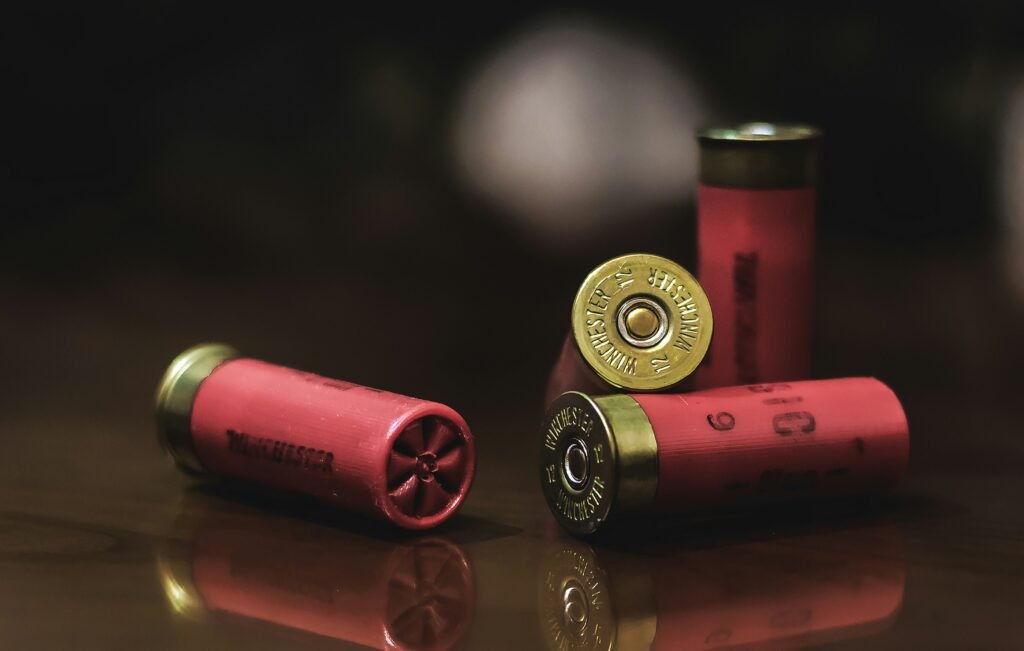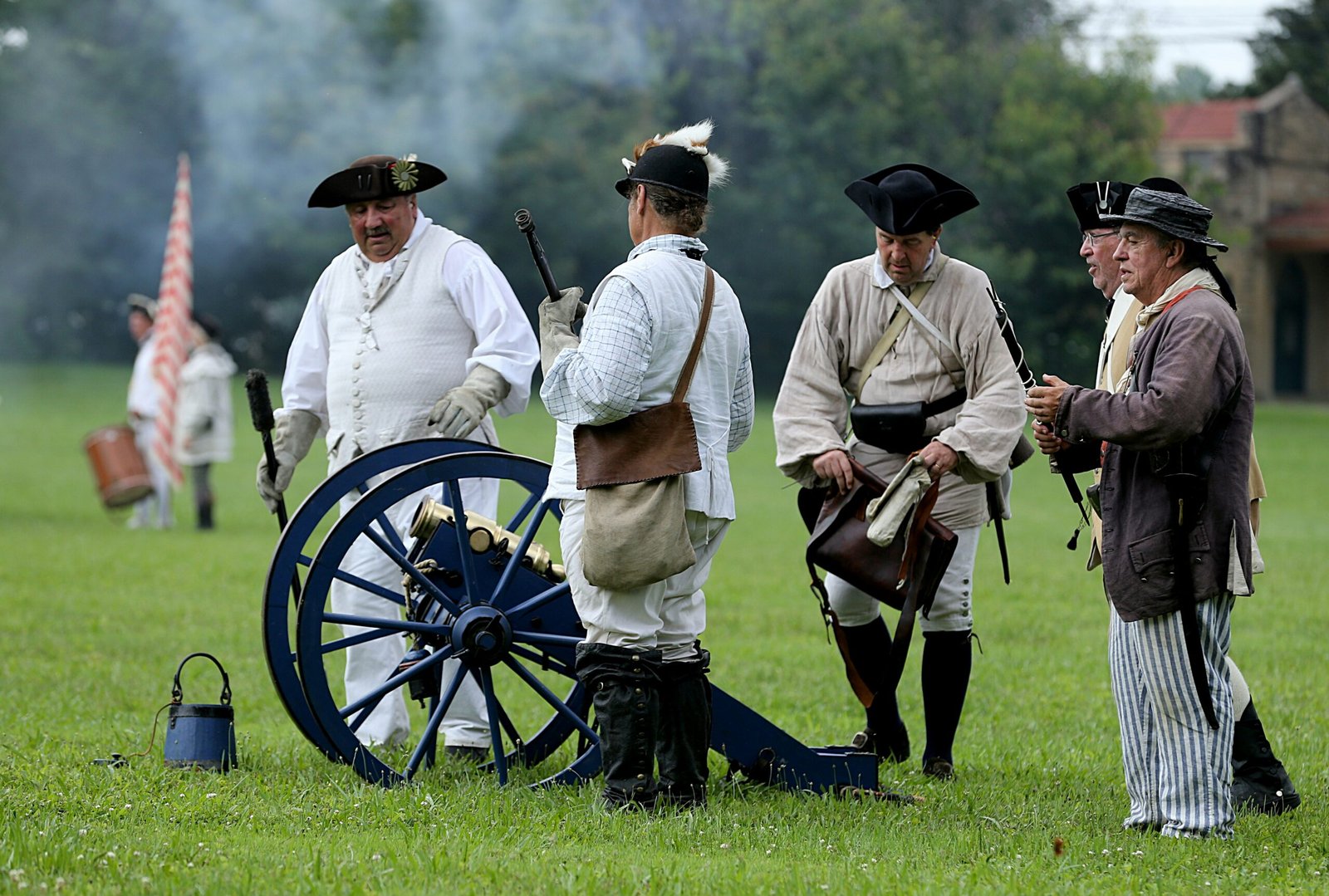In “Navigating Gun Safe Regulations: A Definitive Overview,” you will gain a comprehensive understanding of the regulations and compliance surrounding gun safes. This article sheds light on the importance of adhering to these regulations, not just for legal purposes, but also for the safety and security of yourself and your loved ones. With clear explanations, practical advice, and helpful tips, you’ll be equipped to make informed decisions about purchasing and maintaining a gun safe that meets all the necessary criteria. So, let’s embark on this informative journey together and demystify the world of gun safe regulations.

This image is property of images.unsplash.com.
Overview of Gun Safe Regulations
Gun safe regulations are laws and guidelines that govern the storage and safekeeping of firearms. These regulations are important in ensuring the safety of individuals, protecting against theft or unauthorized access to firearms, and preventing accidents involving firearms. It is crucial for gun owners to understand and comply with these regulations to ensure the responsible ownership and use of firearms.
Federal Gun Safe Regulations
At the federal level, there are several regulations that gun owners must adhere to in order to comply with gun safe requirements. These regulations cover two main areas: firearm safety devices and firearm storage.
Firearm Safety Devices regulations
Firearm safety devices regulations require gun owners to secure their firearms with devices such as trigger locks, cable locks, or locking mechanisms built into the firearms themselves. These safety devices are designed to prevent accidental discharge and unauthorized use of firearms, especially in homes with children or individuals who may not be familiar with handling firearms.
Firearm Storage regulations
Federal firearm storage regulations define the standards for appropriate storage of firearms. This includes storing firearms in secure and locked containers, such as gun safes or cabinets, that are inaccessible to unauthorized individuals. These regulations aim to prevent theft and unauthorized access to firearms, reducing the risk of firearms falling into the wrong hands.

This image is property of images.unsplash.com.
State Gun Safe Regulations
While federal regulations provide a baseline for gun safe requirements, individual states have the authority to impose additional regulations or modify existing federal regulations according to their specific needs. As a result, there can be significant variations in gun safe regulations from state to state.
Variations in state regulations
States have the flexibility to enact stricter or more lenient gun safe regulations depending on their unique circumstances and priorities. Some states may require specific types or features of gun safes, while others may focus on training requirements for gun owners. It is important for gun owners to familiarize themselves with the specific regulations in their state to ensure compliance.
Examples of strict state regulations
California, for example, is known for having some of the most stringent gun safe regulations in the country. In addition to the federal requirements, California requires gun owners to store firearms in a locked container or with a locking device when not in use. They also require that gun safes meet certain specifications, such as being approved by the California Department of Justice (DOJ) or meeting specific design standards.
Examples of more lenient state regulations
On the other hand, states like Vermont have more lenient gun safe regulations. Vermont does not have any specific requirements for gun safes or storage devices, but strongly encourages gun owners to take appropriate measures to secure their firearms and prevent unauthorized access.
Types of Gun Safe Certifications
Gun safes can receive certifications from various organizations that test and evaluate their durability, security, and fire protection capabilities. These certifications can provide assurance to gun owners that the safes they are considering meet certain industry standards.
National Institute of Justice (NIJ) certifications
The National Institute of Justice (NIJ) is a federal agency that sets the standards for testing and certifying gun safes. Their certifications ensure that gun safes meet specific security and quality requirements. The NIJ certification process involves testing the safe’s resistance to forced entry, fire resistance, and overall durability.
Underwriters Laboratories (UL) certifications
Underwriters Laboratories (UL) is an independent organization that performs testing and certification for various products, including gun safes. Their certifications indicate that the safes have met industry standards for fire protection, impact resistance, and other safety features. UL certifications can provide added assurance of the quality and reliability of a gun safe.
California Department of Justice (DOJ) certifications
The California Department of Justice (DOJ) maintains its own certification program for gun safes sold in California. Safes that meet the DOJ’s standards are listed on their website, providing gun owners with a reliable resource for finding approved safes that comply with California’s strict regulations. These certifications ensure that the safes meet specific design and performance standards set by the DOJ.

This image is property of images.unsplash.com.
Choosing a Gun Safe
When selecting a gun safe, there are several factors to consider to ensure that it meets your needs and complies with gun safe regulations.
Size and capacity
Consider the number and size of firearms you plan to store in the safe. It is important to choose a gun safe with sufficient capacity to accommodate your firearms, ammunition, and any additional accessories or valuables you want to protect.
Locking mechanisms
Different types of locking mechanisms are available for gun safes, including electronic locks, mechanical locks, and biometric fingerprint recognition systems. Choose a locking mechanism that is easy to use and provides reliable security to prevent unauthorized access.
Fire protection
Fire protection is an important consideration, especially if you live in an area prone to wildfires or other fire hazards. Look for gun safes that have fire-resistant features and are rated for specific durations of fire protection.
Quality and durability
Invest in a high-quality gun safe that is built to withstand forced entry attempts and provide long-lasting durability. Look for safes made from solid steel and that have thick doors and walls for added security.
Budget considerations
Gun safes can range in price depending on their size, features, and certifications. Set a budget and prioritize the features that are most important to you, such as security or fire protection, to find a gun safe that fits within your financial constraints.
Maintaining Compliance with Gun Safe Regulations
Once you have chosen a gun safe that meets the necessary requirements, it is essential to maintain compliance with gun safe regulations over time.
Periodic inspections and maintenance
Regularly inspect your gun safe for any signs of wear or damage, such as malfunctioning locks or hinges. Perform necessary maintenance or repairs to ensure that the safe continues to meet the required standards.
Upgrading to meet changing regulations
Gun safe regulations may change over time, so it is important to stay informed and upgrade your safe if necessary to meet any new requirements. This may involve adding additional security features, modifying the safe’s design, or purchasing a new safe altogether.
Proper record-keeping
Keep a record of any inspections, maintenance, or upgrades done to your gun safe. This documentation can serve as proof of compliance with regulations if necessary. Additionally, keeping records of firearm purchases and transfers can help ensure compliance with other applicable laws.
Training and education on regulations
Stay updated on the latest gun safe regulations by participating in training programs and staying informed through reputable sources. Consider joining gun owner associations or seeking guidance from local law enforcement agencies to ensure a comprehensive understanding of the regulations and how to comply with them.
Consequences of Non-Compliance
Failing to comply with gun safe regulations can have serious consequences, both legally and in terms of personal safety and firearm security.
Legal penalties for non-compliance
Non-compliance with gun safe regulations can result in legal penalties, including fines, loss of firearms licenses, and potential criminal charges. Penalties can vary depending on the jurisdiction and severity of the violation.
Risks to personal safety and firearm security
Non-compliant gun storage practices can increase the risk of accidents, theft, or unauthorized use of firearms. Properly storing firearms in a secure gun safe reduces these risks and promotes responsible firearm ownership.
Common Questions about Gun Safe Regulations
Here are some common questions that gun owners may have about gun safe regulations:
Do I need a gun safe if I live in an apartment?
While gun safe requirements may vary depending on the jurisdiction, it is generally advisable to have a secure storage system for firearms, regardless of living arrangements. A gun safe provides added security and helps prevent unauthorized access to firearms.
Can I build my own gun safe?
Building your own gun safe can be risky. It is important to ensure that any DIY gun safe meets all relevant regulations and provides the necessary level of security. It may be more reliable and compliant to purchase a gun safe from a reputable manufacturer.
Do all gun safes meet regulations?
Not all gun safes meet the specific regulations in every jurisdiction. When purchasing a gun safe, look for certifications such as NIJ, UL, or DOJ, as these indicate that the safe meets certain industry standards. Always check the regulations in your jurisdiction to ensure compliance.
What happens if I move to a different state with different regulations?
When moving to a different state, it is important to familiarize yourself with the gun safe regulations in your new jurisdiction. You may need to make adjustments to your current storage practices or even purchase a new gun safe that meets the specific requirements of your new state.
Conclusion
Understanding and adhering to gun safe regulations is of utmost importance for gun owners. By complying with these regulations, individuals can contribute to overall firearm safety, prevent accidents, and ensure responsible firearm ownership. Gun owners should make informed choices when selecting a gun safe, maintain compliance through proper maintenance and upgrades, and stay educated on changing regulations. By doing so, they can protect their firearms, their loved ones, and the communities they live in.
Resources for further information and assistance
For more information on gun safe regulations and compliance, consider referring to the following resources:
- The Bureau of Alcohol, Tobacco, Firearms, and Explosives (ATF) website
- The National Rifle Association (NRA)
- State-specific firearm laws and regulations
- Local law enforcement agencies or gun owner associations
